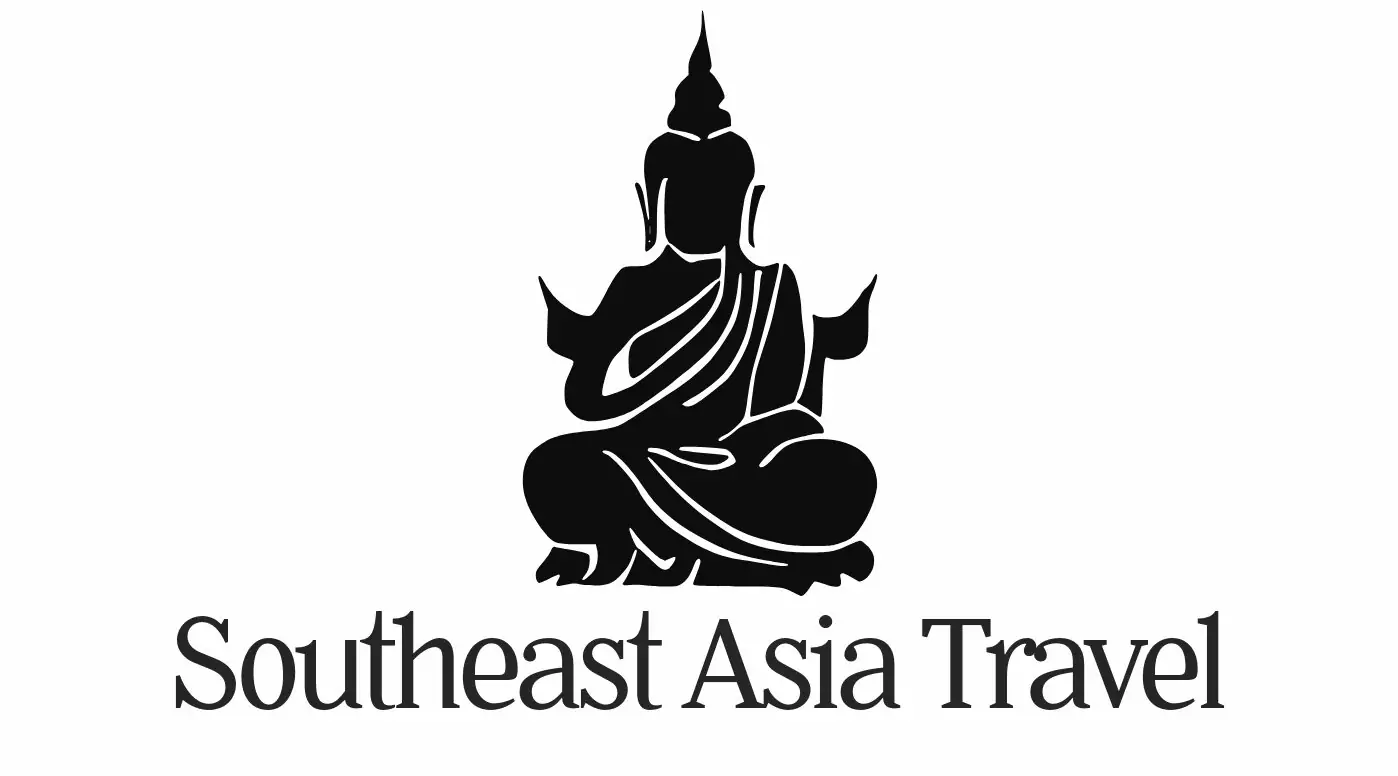The correct answer to this question is “it depends.” A lot of street food in Southeast Asia is delicious, cheap, and perfectly safe to eat, but a lot depends on you, your existing immunity, and where and what you choose to eat. There are a few rules to follow, and we’ll try to walk you through those in this post. We’ll also share some photos of the best street foods to try in Southeast Asian food courts, night markets, and more.
- The Rules of Food Safety in SE Asia
- Some Foods You Should Try From Street Food Stalls
- Our Experiences of Getting Sick in Southeast Asia
- What To Do if You Do Get Sick
- The Safest Way To Try Asian Street Foods
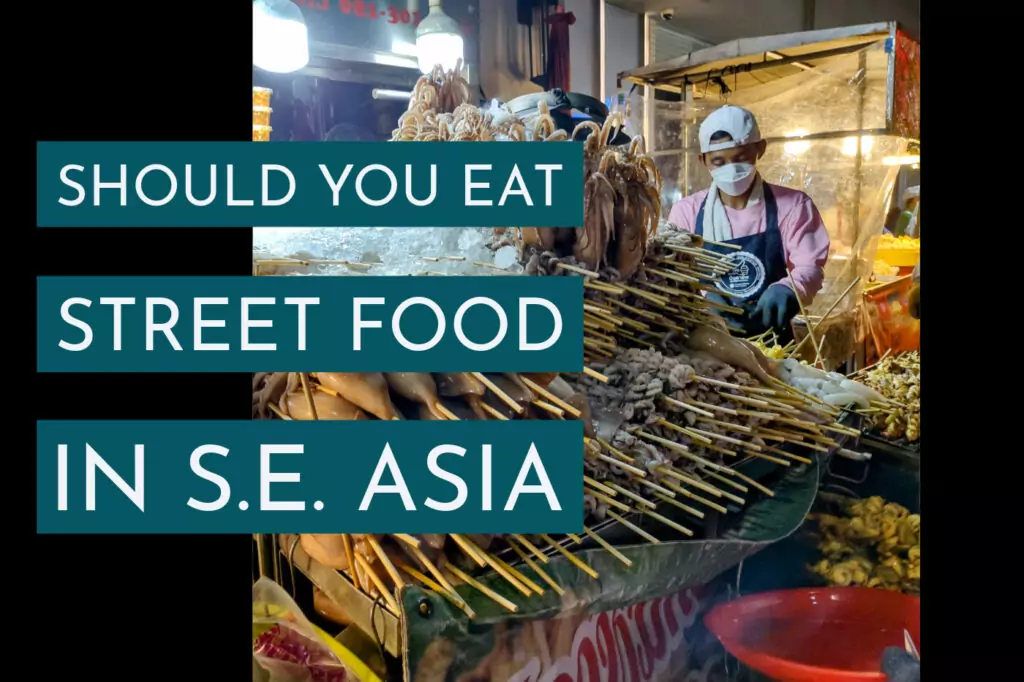
The Rules of Food Safety in SE Asia
When I first started travelling, a very long time ago, the food rules were hard and fast, no ice, no salads, bottled water, peel your own fruit, hot, freshly cooked foods only. We used to have to be quite careful. Today things are much better, you don’t need to be as cautious.
Obviously, my family has decades of immunity built up to food or water-born sickness in Asia, we almost never have problems at all.
With plastic water bottles being such a massive environmental problem, we would encourage you to avoid them. Take your own steel water bottles and fill up wherever safe water is available. This may be in your hotel or homestay, at a cafe, or at designated places, as in the photo below.
The rules we follow today are as follows.
- Eat where the locals eat. A street food vendor will not want to make his regular customers sick.
- If you eat at tourist street food stalls, choose fresh food, cooked in front of you, not reheated.
- Avoid buffets where food is left open to flies at room temperature.
- Just use common sense.
- Limit deep-fried foods and junk food, no matter how tempting. Or you’re risking longer-term sickness!
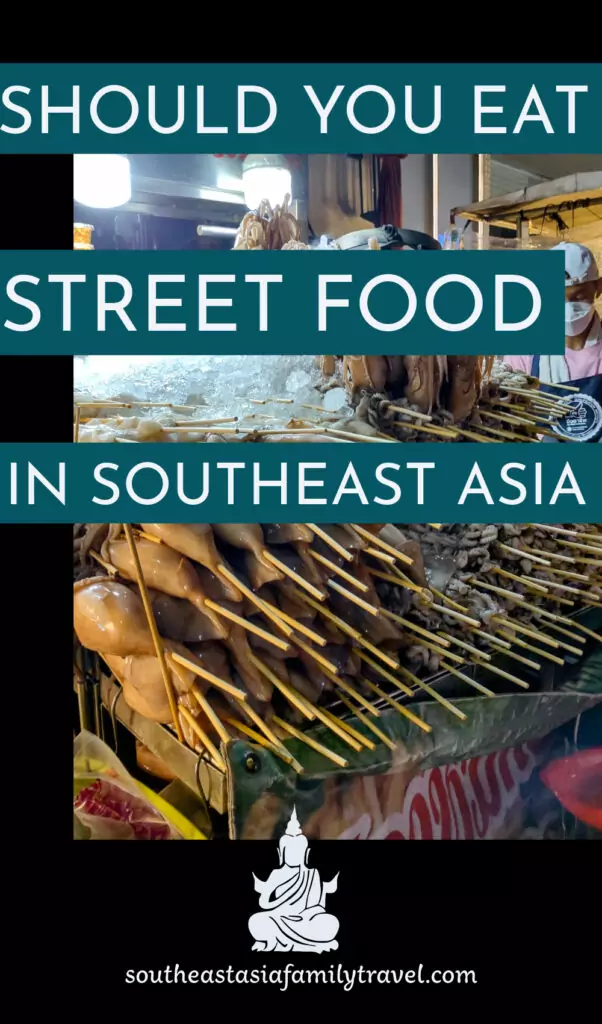
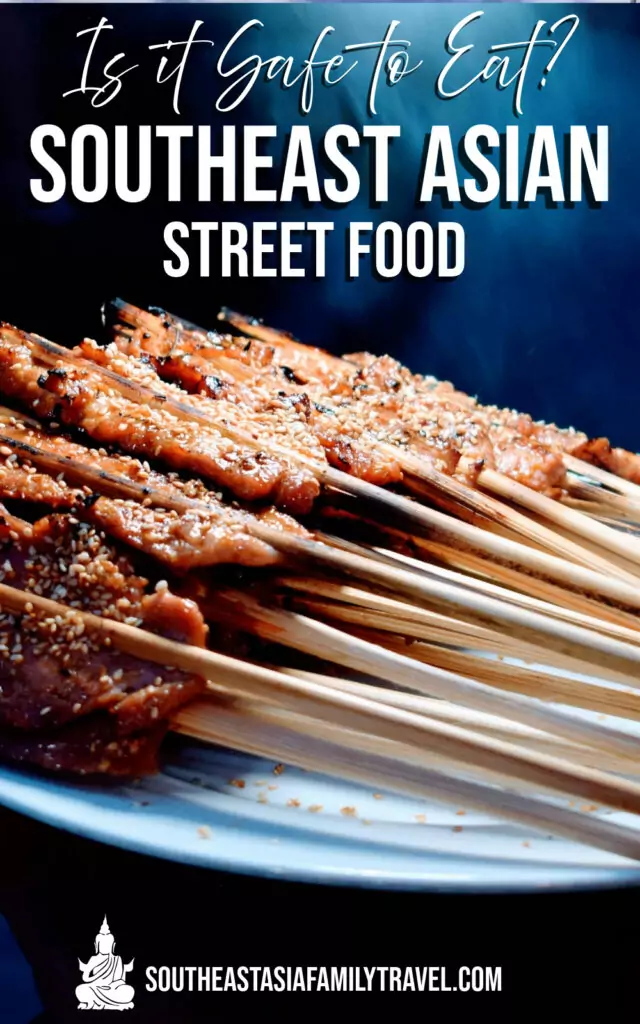
Recommended Street Foods
Food culture in the different countries in Southeast Asia varies enormously. We’ll try to give you a quick overview here.
In Malaysia and Singapore, local cuisines are very similar and you will find Indian, Chinese and Nyonya (a local blend of cuisines) commonly in food courts and hawker centres. Individual street food vendors were gathered together to make these food courts, not too dissimilar to a shopping mall food court anywhere in the world. The difference is, instead of junk food, you’ll find the odd Michelin Guide street food vendor.
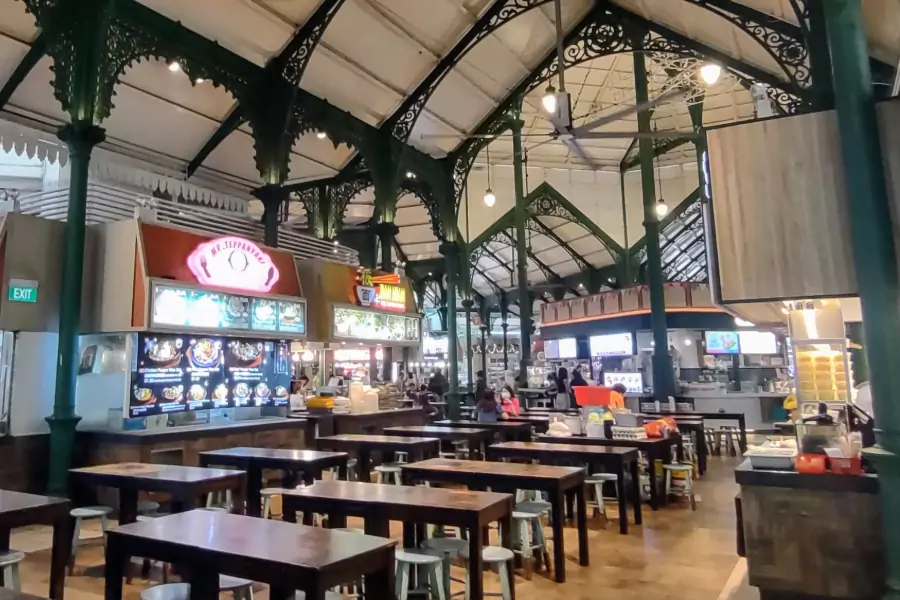
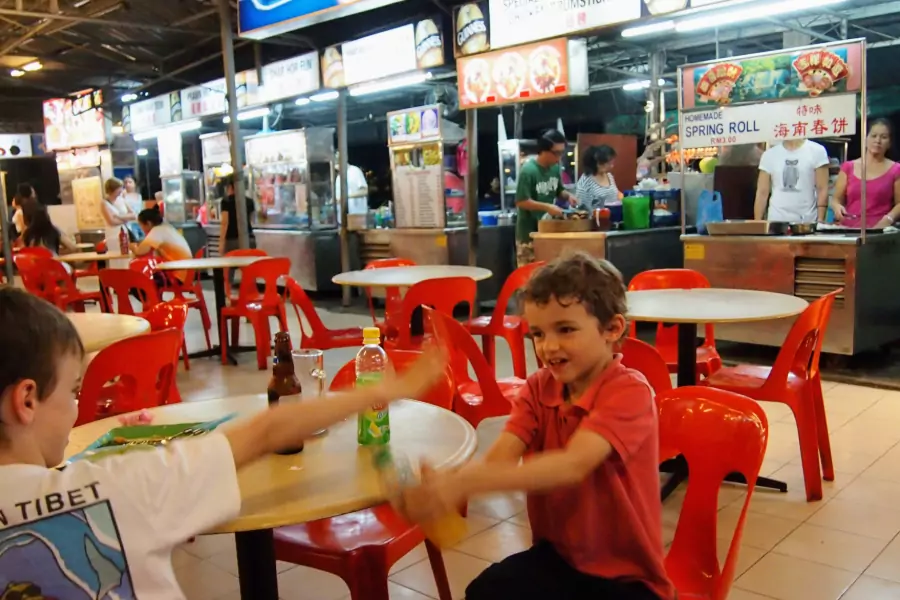
Unfortunately, we’re not huge fans of Malaysian or Singaporean food. We tend to eat Indian in those two countries, it’s very good.
In Indonesia we’ve never seen much by way of street food. We usually eat in simple warungs (small restaurants). Look out for satay, gado gado (a cooked veg dish with peanut sauce) and babi gulung (roast baby pig.)
Vietnam and Thailand have great street food. Vietnam being famous for it’s signature tiny plactic chairs at roadside tables. You can get amazing meals like pho and mi quang (noodle soups) or simpler street food stacks. You can easily get a meal for under $2 Us, but you need to know where to go and that takes time. We lived in Vietnam for 6 months. We had $1 often, once the vendors got to know us.
Our Experiences of Sickness From Food in SE Asia
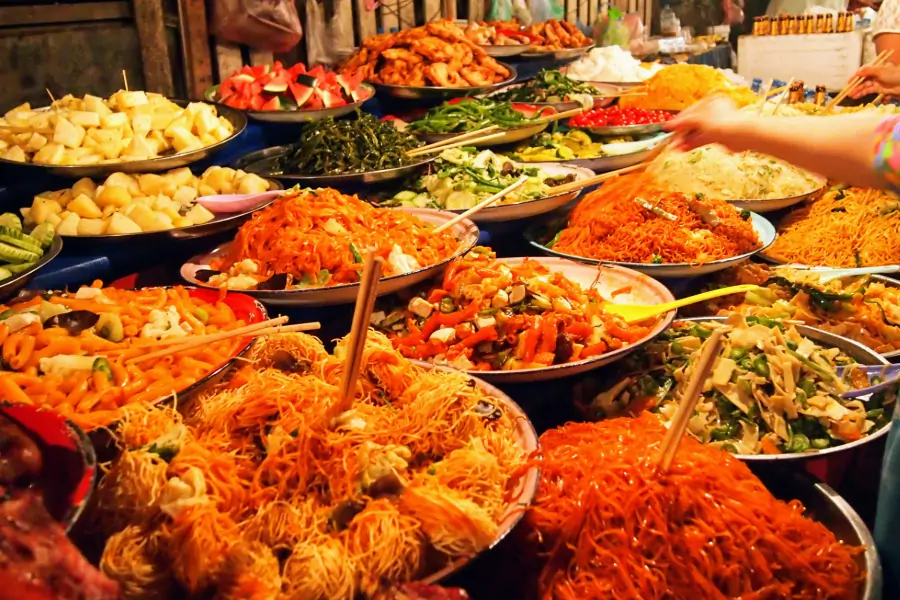
My husband was very sick after eating at a night market buffet in Laos. He should have known better! He didn’t require any medication or treatment but was seriously unwell, with a high fever for 3 days+.
In Bali, 16 years ago, my then 3-year-old and I came home with a mild tummy bug. As he was so young, I popped him along to our GP, it was salmonella, obviously a mild strain. Or maybe our immune systems were doing a good job.
And that’s it, nothing more to report! We do get mild traveller’s diarrhoea from time to time, but that doesn’t stop us doing anything.
What To Do if You Do Get Sick
The first rule is to stay hydrated. Drink safe water. Unflavoured electrolytes may help. We usually carry these with us because we run, and in hot climates we need to top up Mg, Na, and K. Carrying some good quality sea salt could help too.
If you don’t feel better, a pharmacist could help, most pharmacists will be able to give you prescription medications in SE Asia.
If things deteriorate further, find a doctor. This shouldn’t be hard and should be inexpensive. The more modern parts of SE Asia have great healthcare.
Personally, we do not take things like Immodium and in a lifetime of travel all over the world, I’ve never needed medication for any “food poisoning” type problem. Remember that a lot of tummy problems can also be caused by viruses, it may not be down to food.
The Safest Way To Try Street Foods in Southeast Asia
The safest way to try good street food, and to find local gems, is to take an authentic street food tour, guided by locals. A particulary good type of street food tour, the various “Michelin Guide” street food tours, are a favourite of ours. You’ll find these in most foodie cities in SE Asia.
Here are some of our favourite food tours in the best foodie destinations.
- Bangkok has incredible street food and the night market scene is intense. Find Michelin Guide street food on this tour by tuk tuk. We took this one ourselves, and it showed us another side of Thai street food, some unexpected dishes we hadn’t seen before. It’s on GetYourGuide.
- If you’re in Bangkok and want to try something special, head to Jay Fai, a small restaurant, also referred to as street food. This lady is famous for her crab omelette and drunken seafood noodles. We have a guide to visiting Jay Fai here.
- Another Michelin Guide street food tour that we’ve taken ourselves is this one in Hanoi Vietnam. This one will also take you to the best egg coffee shop in Hanoi, you’ll never find it by yourself. See it here.
- Chiang Mai in Thailand is famous for its northern Thai cuisine, and for cooking schools. There is a Michelin guide street food tour in Chiang Mai also, see it here.
